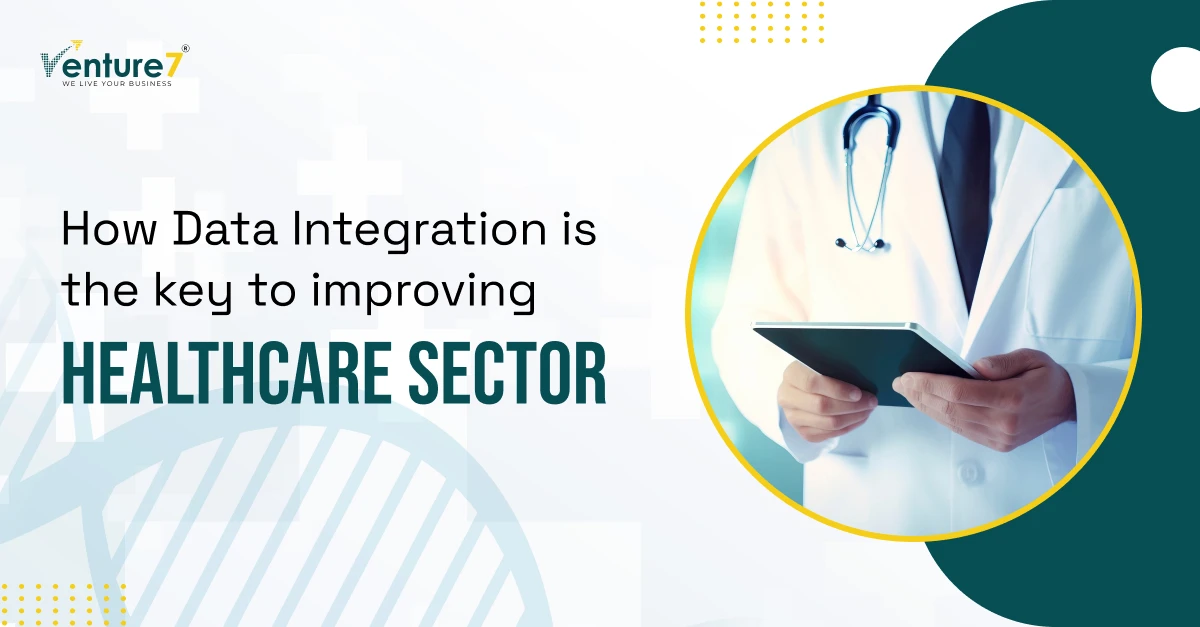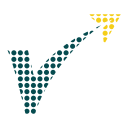The healthcare sector has grown in leaps and bounds in recent years with an aim to improve patient care and make informed clinical decisions. The clinical experts are exploring different ways and technologies to optimize their process and make their operations efficient. This industry is rapidly shifting towards the use of big data, digitization and increased Internet of Things (IoT).
This department works with a huge amount of complex data and require advanced technologies to integrate the data and put it to good use. The rapid innovations have helped the healthcare sector to enhance their efficiencies by streamlining their processes and improving the analytics process. This sector is highly implementing data integration technology to make the vital data easily accessible to make better strategic decisions and increased connectivity of operations.
Data integration refers to the process of combining technical and business processes to combine data from multiple sources to convert it into valuable information and provide a unified view of diverse aspects of medicine and patients. This technology has the ability to transform data in any way and deliver it into multiple systems, thereby providing a wide range of data quality capabilities.
This technology has helped the healthcare sector in a number of ways, making it a vital aspect of healthcare industry. This technology has eliminated the loopholes of information technology sector that has benefited both the patients and clinicians and has made it possible for patients to provide better access to cost-effective healthcare solutions.
The virtual monitoring devices generate important patient data that can easily be analyzed at any given point of time with the use of data integration technology. Now, the data analytics process can be carried out in real-time, that help the clinicians to deliver more efficient patient care. The data can be collected in a variety of data formats with the use of this technology, thereby making the process flexible and responsible with the addition of new devices and sources.
The data lake model of data integration technologies has helped the information technology experts to collect data from various data streams and develop a single view of multiple aspects of the unit with the use of predictive analytics. It has also enabled this sector to connect patient data and make it available across touch points in order to develop enhanced treatment plans. The clinicians can seamlessly search across multiple healthcare systems that helps them to get an overall view of a particular patient’s EHR.
The paramedics can make quick and accurate decisions at the time of emergency with the use of data integration technologies that make it easier for them to access data by storing it in a single unit. They are now prepared to deliver time-dependent care as and when needed. The analysis of data at a macro level enables healthcare professionals to identify various trends, such as the spread of diseases that help them to take timely actions and alter their operations as and when needed.
This technology has enabled healthcare professionals to validate and utilize the structured and unstructured data and convert it into a standard format to make it usable for other authorized systems for carrying out the process of analytics efficiently. It has the ability to provide an interactive user interface that help healthcare professionals to create ad hoc queries and reports that has made the process effective.
Data integration technologies are integrated with highly advanced tools and applications to keep the patient data safe and secure. Also, it has enabled clinicians to generate reports that are required for complying with government reporting standards. The real-time collection of data has resulted in delivering accurate results and timely informed decisions that help healthcare professionals to impact individual patient health and deliver accurate reports on performance and quality measures. The individual patient’s progress, population trend analysis, quality initiatives, etc. have become highly enhanced with the use of data integration tools.
This technology has provided flexible deployment models that are maintained in a central data repository, through the use of cloud-based programs that has made the data accessible across multiple locations and data sources. This technology is also facilitating the advancement of medicine by gathering data from multiple sources and recognize their full potential.
The effective use of healthcare data has enabled healthcare professionals to accurately track and compare diverse measures that help them to identify errors and suggest corrective measures so that the overall progress of the operation is not affected. This technology has majorly contributed in improving the cost and quality of healthcare process by providing various levels of data accessibility. It has also facilitated electronic exchange of information by integrating clinical and administrative data communication between multiple software applications and tools.
The data integration technology is implemented by IT experts by selecting information management technologies that helps to provide clinical data interoperability from diverse sources. This technology has the ability to lay a foundation to unlock the value of big data by analyzing massive data types and sources in the healthcare industry. It has enhanced the delivery and accessibility of healthcare processes to provide digital and mobile experiences to their patients.
This technology has transformed the way clinical experts carry out their operations, that include, advanced digital imaging technologies, electronic medical records, and other crucial activities of this sector. The financial results of healthcare organizations have also improved with the use of data integration technologies and tools by enhancing the transparency and quality of the gathered data.
The operational data that is extracted from patients’ documents help healthcare professionals to analyze diverse aspects such as medical procedures, treatments, diagnosis, conditions, tests, etc. that were not possible earlier with the use of traditional technologies. The large volumes of patient data can be semantically structured to provide innovative approaches to detect clinical concepts and carry out the operations in a definite manner.
This technology has the ability to eliminate ambiguity within the data by categorizing documents in a definite classification system to provide actionable intelligence to the clinical experts. This technology is evolving continuously and is rapidly expanding in the healthcare sector through coordinated data management and deliver a real-time view of patients’ progress.





